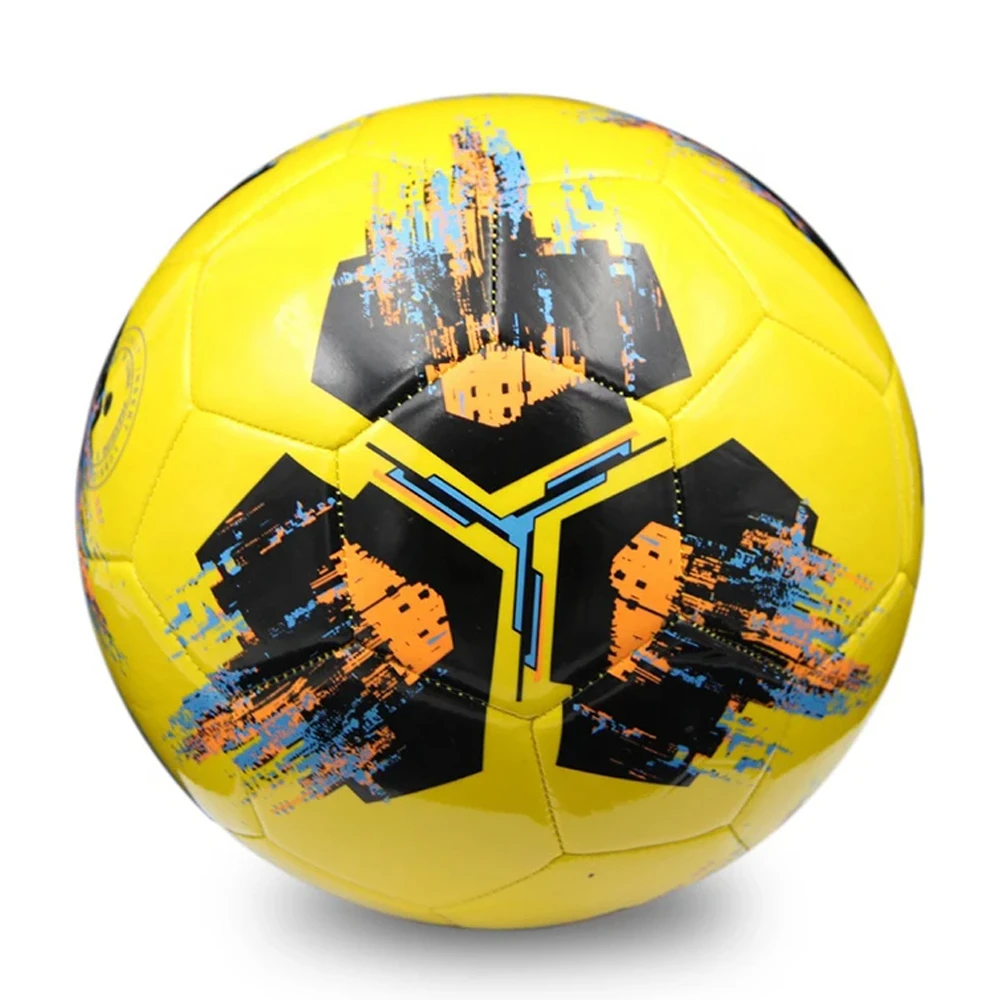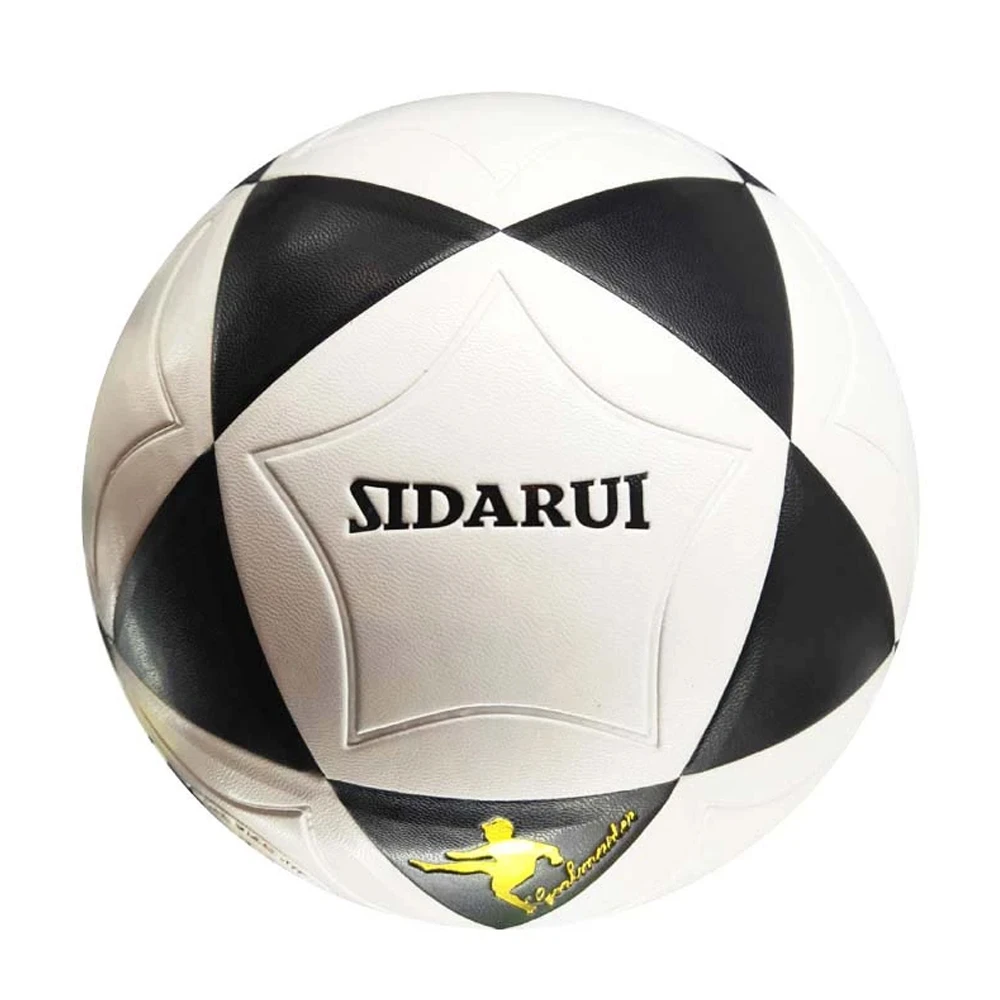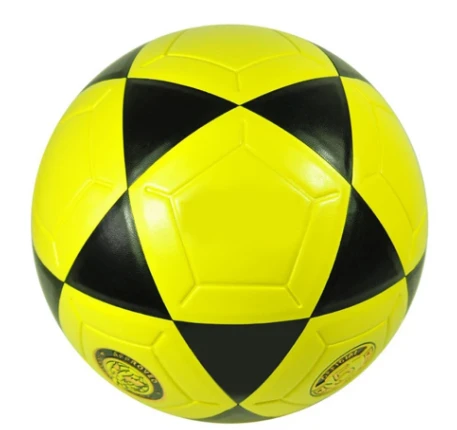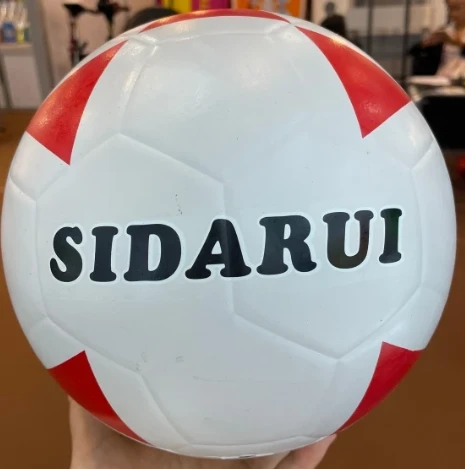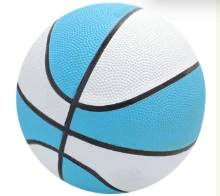Jun . 06, 2025 09:19
In the world of soccer, the difference between a mediocre performance and a stellar one often comes down to the tools athletes use. At the heart of this equation is the good quality football—a piece of equipment that can elevate training sessions and define match outcomes. But what truly makes a football stand out? The answer lies in its design, customization, and the football material used to craft it. This article explores how tailoring high-caliber footballs to specific needs can enhance player performance, durability, and overall satisfaction.
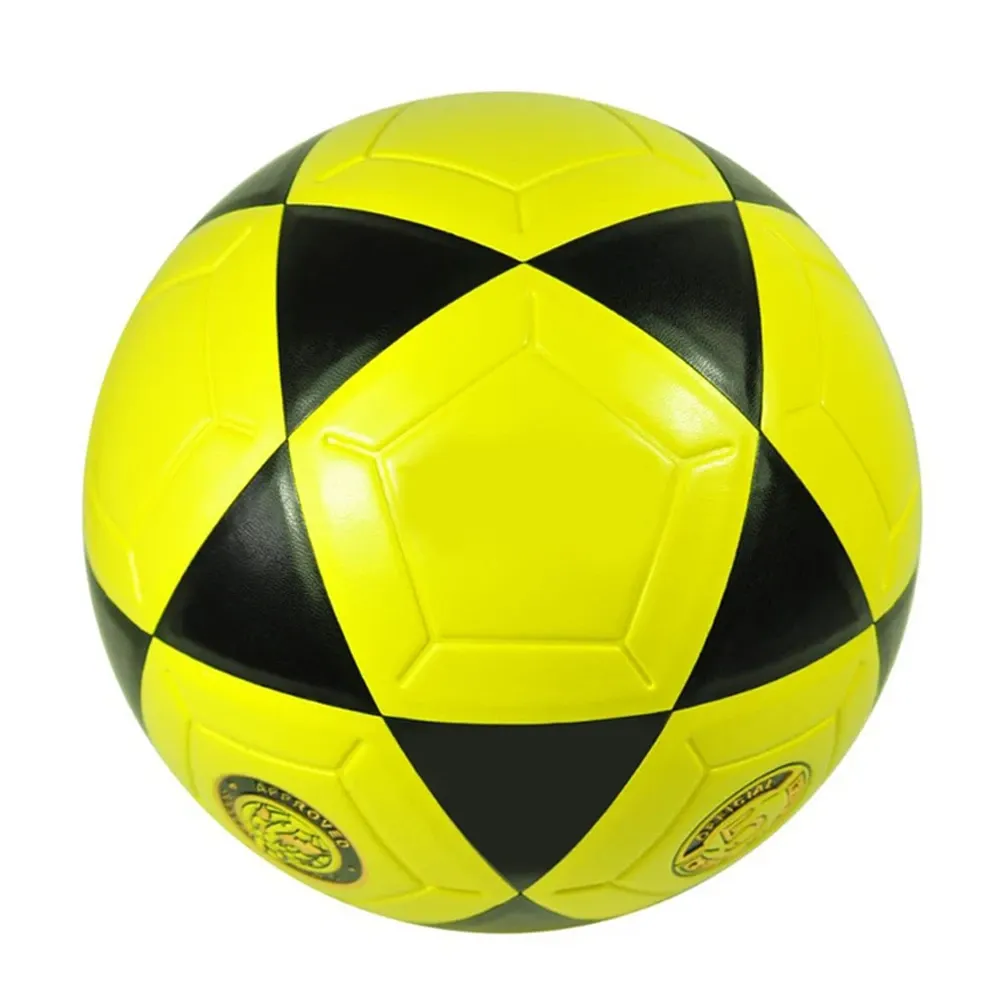
The Role of Soccer in Demanding a Good Quality Football
Soccer is a sport of precision, requiring consistent ball control, accurate passes, and powerful strikes. A good quality football is not just a luxury—it’s a necessity for players aiming to refine their skills. Unlike low-grade alternatives, a well-crafted ball maintains its shape, responds predictably to touch, and withstands rigorous use on various surfaces.
For training purposes, a good quality football ensures that players develop muscle memory with a reliable tool. Imagine practicing free kicks with a ball that wobbles mid-air or loses pressure after a few kicks. Such inconsistencies hinder progress, whereas a premium ball delivers uniform performance, allowing athletes to focus on technique rather than compensating for equipment flaws.
In matches, the stakes are even higher. A good quality football enhances gameplay by offering optimal weight distribution and aerodynamics. This translates to cleaner shots, smoother dribbling, and better teamwork. Whether on grassy fields, artificial turf, or futsal courts, the right ball adapts to the environment, ensuring fairness and excitement.
Key features to look for in a good quality football include:
Reinforced stitching to prevent seam bursts.
A balanced bladder system for consistent air retention.
Texture patterns that improve grip in wet or dry conditions.
By prioritizing these elements, players and coaches can ensure their soccer sessions are productive and enjoyable.
Choosing the Right Football Material for Durability and Feel
The performance of a good quality football hinges on its football material. Modern balls are crafted from synthetic compounds designed to mimic traditional leather while offering enhanced durability. Let’s break down the most common materials and their benefits:
Thermoplastic Polyurethane (TPU):
TPU is a popular choice for mid-range and professional balls. It provides excellent abrasion resistance, making it ideal for rough surfaces like concrete or artificial turf. TPU also retains its shape well, ensuring the ball doesn’t deform over time.
Polyurethane (PU):
PU is the gold standard for match balls. It offers a softer touch, closer to genuine leather, which improves control and shooting accuracy. High-end PU is often water-resistant, maintaining performance in rainy conditions.
PVC (Polyvinyl Chloride):
While less expensive, PVC is stiffer and less responsive. It’s suitable for recreational play but lacks the tactile feedback needed for competitive soccer.
Composite Leather:
This eco-friendly alternative blends synthetic fibers with recycled materials. It’s lightweight and durable, though slightly less responsive than PU.
The inner layers of a good quality football are equally important. Latex or butyl bladders determine air retention, while foam padding affects bounce and impact absorption. For example, a thicker foam layer reduces shock during headers, prioritizing player safety.
When selecting football material, consider the primary use case:
Training: Opt for TPU or composite leather for longevity.
Matches: Invest in PU for superior touch and responsiveness.
All-Weather Play: Choose water-resistant coatings and textured surfaces.
Ultimately, the right football material balances durability, feel, and environmental adaptability.
Customizing Good Quality Footballs for Training and Matches
Customization transforms a standard good quality football into a tailored tool that meets specific needs. Whether for individual practice, team drills, or official matches, personalized adjustments can optimize performance.
Size and Weight
FIFA recognizes five ball sizes, but customization allows for finer adjustments:
Size 5: Standard for players aged 12+.
Size 4: Ideal for youth training (8–12 years).
Lightweight Options: Reduce weight by 10–15% for technical drills.
Adjusting weight helps players develop strength or refine delicate skills like chip shots.
Panel Design
Fewer panels (e.g., 12-panel vs. 32-panel) create a smoother surface for faster flight, while more panels improve grip and control. Thermal-bonded panels eliminate stitching, reducing drag and water absorption.
Print and Texture
Custom prints aren’t just aesthetic—they can include tactile elements like micro-grooves to enhance spin. Teams often add logos or motivational slogans to foster unity.
Bladder Customization
Butyl bladders offer better air retention, while latex provides a softer feel. Hybrid bladders combine both, ideal for players seeking a balance between responsiveness and durability.
By tailoring these elements, a good quality football becomes an extension of the player’s intent, boosting confidence and results.
FAQs: Everything You Need to Know About Good Quality Footballs
What Makes a Good Quality Football Ideal for Soccer Training?
A good quality football ensures consistency in weight, bounce, and flight, allowing players to build reliable techniques. Premium football material like PU or TPU withstands daily wear, making it cost-effective over time.
How Does Football Material Impact Performance in Wet Conditions?
Water-resistant football material like coated PU prevents water absorption, maintaining the ball’s weight and grip. Textured surfaces also channel moisture away, reducing slippage during rain.
Can a Customized Good Quality Football Be Used for Both Training and Matches?
Absolutely! Customization lets you tweak aspects like bladder pressure and panel design to create a versatile ball. For example, a thermal-bonded, mid-weight design works well for drills and official games.
What Are the Long-Term Benefits of Investing in Premium Football Material?
Premium materials resist cracking, fading, and deformation. Over years of use, this translates to fewer replacements and consistent performance, saving money and reducing waste.
How Does Customization Improve the Feel of a Good Quality Football?
Adjusting factors like texture, weight, and bladder pressure tailors the ball’s response to your touch. This personalization enhances control, making every pass and shot feel intuitive.
In soccer, the right equipment is a game-changer. A good quality football, crafted from advanced football material and customized to your needs, bridges the gap between practice and perfection. By prioritizing durability, feel, and adaptability, players and teams can unlock their full potential. Whether you’re drilling fundamentals or competing in a championship, the perfect ball is out there—waiting to be tailored to your journey.




